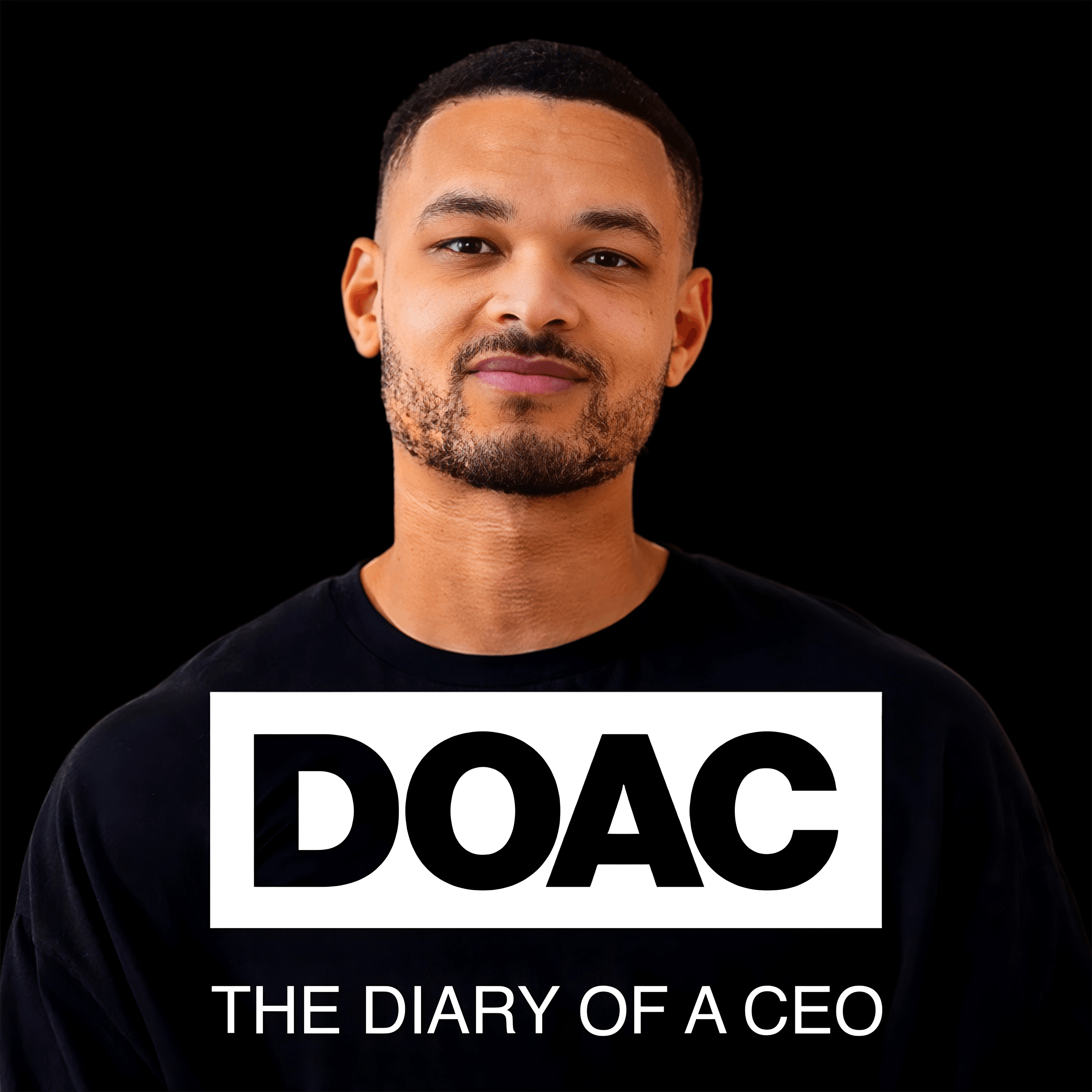
Heliox: Where Evidence Meets Empathy 🇨🇦
Join our hosts as they break down complex data into understandable insights, providing you with the knowledge to navigate our rapidly changing world. Tune in for a thoughtful, evidence-based discussion that bridges expert analysis with real-world implications, an SCZoomers Podcast
Independent, moderated, timely, deep, gentle, clinical, global, and community conversations about things that matter. Breathe Easy, we go deep and lightly surface the big ideas.
Curated, independent, moderated, timely, deep, gentle, evidenced-based, clinical & community information regarding COVID-19. Since 2017, it has focused on Covid since Feb 2020, with Multiple Stores per day, hence a sizeable searchable base of stories to date. More than 4000 stories on COVID-19 alone. Hundreds of stories on Climate Change.
Zoomers of the Sunshine Coast is a news organization with the advantages of deeply rooted connections within our local community, combined with a provincial, national and global following and exposure. In written form, audio, and video, we provide evidence-based and referenced stories interspersed with curated commentary, satire and humour. We reference where our stories come from and who wrote, published, and even inspired them. Using a social media platform means we have a much higher degree of interaction with our readers than conventional media and provides a significant amplification effect, positively. We expect the same courtesy of other media referencing our stories.
Heliox: Where Evidence Meets Empathy 🇨🇦
The 20-Million-Year Coffee Break: What Quantum Learning Tells Us About Knowledge Itself
Please take a look at the corresponding Substack episode.
There's a moment in the quantum computing story that should make us all stop and stare at our coffee cups. A classical computer would need 20 million years to accomplish what a quantum system did in 15 minutes. Not twenty years. Not twenty thousand. Twenty million.
Let me sit with that number for a moment, because we've become numb to exponential advances. We nod along when someone says "exponentially faster" as if it's just another incremental improvement, like going from a flip phone to a smartphone. But this isn't that. This is the difference between the entire span of human evolution and a lunch break.
Quantum learning advantage on a scalable photonic platform
This is Heliox: Where Evidence Meets Empathy
Independent, moderated, timely, deep, gentle, clinical, global, and community conversations about things that matter. Breathe Easy, we go deep and lightly surface the big ideas.
Thanks for listening today!
Four recurring narratives underlie every episode: boundary dissolution, adaptive complexity, embodied knowledge, and quantum-like uncertainty. These aren’t just philosophical musings but frameworks for understanding our modern world.
We hope you continue exploring our other podcasts, responding to the content, and checking out our related articles on the Heliox Podcast on Substack.
About SCZoomers:
https://www.facebook.com/groups/1632045180447285
https://x.com/SCZoomers
https://mstdn.ca/@SCZoomers
https://bsky.app/profile/safety.bsky.app
Spoken word, short and sweet, with rhythm and a catchy beat.
http://tinyurl.com/stonefolksongs
Curated, independent, moderated, timely, deep, gentle, evidenced-based, clinical & community information regarding COVID-19. Since 2017, it has focused on Covid since Feb 2020, with Multiple Stores per day, hence a large searchable base of stories to date. More than 4000 stories on COVID-19 alone. Hundreds of stories on Climate Change.
Zoomers of the Sunshine Coast is a news organization with the advantages of deeply rooted connections within our local community, combined with a provincial, national and global following and exposure. In written form, audio, and video, we provide evidence-based and referenced stories interspersed with curated commentary, satire and humour. We reference where our stories come from and who wrote, published, and even inspired them. Using a social media platform means we have a much higher degree of interaction with our readers than conventional media and provides a significant amplification effect, positively. We expect the same courtesy of other media referencing our stories.
Welcome to the Deep Dive. Our mission as always is taking complex stuff and making it, well, fascinating and useful. Today we've got a mountain of material on the Canadian quantum landscape. Seriously, directories, technical papers, the works. We're focusing on a really significant breakthrough in photonic quantum learning and how that connects to what companies are actually building. So if you follow quantum tech, you know Canada is a powerhouse. It's not just playing the game, it's often leading it. Okay, let's unpack this a bit. The scale is just huge. We're talking big players like IBM Canada, Microsoft, Honeywell, but also tons of startups, smaller companies, universities, research institutes. It's a whole ecosystem. It really is. And what strikes you right away is how organized it feels. You can sort of group the activity. We're seeing four main areas, quantum communication, computing, materials, and sensing. And it's not just one spot. You've got these key hubs, right? Quebec's got District Q. Then there's the whole Waterloo-Toronto corridor in Ontario, which is massive. And Vancouver-Burnaby out in BC is another major center. Definitely a national effort. But for this deep dive, let's narrow down. We're zooming in on quantum computing. And specifically, one platform getting a lot of buzz and investment, photonic quantum computing. Right. Using photons light particles as your quibits, essentially. They have some inherent pluses like speed and many see photonics as maybe the best route to fault tolerant scalable systems. So let's look at the companies building these things first. They're laying the groundwork for the breakthrough we'll discuss later. Canada has some serious players here. The name everyone probably knows is Xanadu. Yeah, Xanadu's huge. They're building the photonic quantum computers themselves. But critically, they're also big on the software side. Penny Lane, that's their quantum machine learning software. Oh, Penny Lane, right. And their goal isn't just, you know, a lab demo. They're aiming for a commercial fault-tolerant quantum data center. That's the ambition. Okay, so hardware and software aiming big. But they're not the only ones? Okay. Not at all. The hardware race is intense. Take Photonic Inc. out in Vancouver. They've got a really different strategy. They call it an entanglement-first architecture. Entanglement-first. Okay, what does that actually mean for, you know, how it works? Well, it means they focus on creating really strong entanglement between their quibits first. They use silicon spin quibits linked up with optics. Then they build the network around that core entanglement. So the entanglement isn't just a feature, it's the starting point. Exactly. It's a fundamental design choice. They're aiming for commercial scale, but specifically for networked quantum systems. Think reliable communication over distance Interesting, so Xanadu is more the general engine Photonic Inc. is maybe more the Specialized network builder That's a good way to put it, different philosophies for scaling up And we're also seeing companies spin right out of The universities, right? Like Phantom Photonics? Yeah, that's a University of Waterloo Spinout, they're taking photonic QC Tech but applying it to specific niches, things like 3D remote sensing. It shows the versatility of the underlying photonics. Which highlights how important the research base is. Absolutely critical. You can't have this industry without the foundational stuff. Think about the National Research Council, the NRC. They have the Quantum and Nanotechnologies Research Center and the Canadian Photonics Fabrication Center. So where the actual chips get made and tested? Precisely. Yeah. And then you have the university powerhouses Waterloo's Institute for Quantum Computing, obviously. Plus, researchers at places like Simon Fraser University who are developing these electrically controlled silicon quips photonic ink uses. So if you connect all those dots, the whole Canadian ecosystem seems aligned on this really tough goal, scalable, fault-tolerant computation, and maybe even more immediately, scalable quantum networks. and... Okay, scalability. That's the perfect word to bridge us because the companies are building it, but the researchers are proving what it can do. And there's been a recent result that's, well, it's pretty mind-blowing. This is where it gets really interesting. Yeah, this wasn't about the usual quantum supremacy race, like factoring numbers faster. That's still, you know, down the road a bit this breakthrough is different it's about demonstrating superior performance in characterizing physical systems characterizing systems so not just calculating something faster but figuring out what a system is or how it behaves exactly that imagine you have some complex unknown process or material This is about learning its properties, its recipe, much, much faster than any classical method could. And the key metric here is something called sample complexity. They achieve a massive reduction in it. Okay, let's pause there. Sample complexity. What is that and why is cutting it down such a big deal? Sample complexity is basically the amount of data you need. How many times do you have to run an experiment or take a measurement to understand a system reliably? Think about testing a new drug. Classically, you might need millions of trial samples to map out all its interactions. Right. Takes ages. Exactly. So if you can drastically cut the number of samples needed, you're essentially compressing time. Years of lab work might become minutes. Okay. That makes total sense. So how did they do it? What was the platform? They used a scalable continuous variable photonic platform. This is key. And it leveraged imperfect, sort of noisy, Einstein-Podolsky-Rosen EPR entangled states of light, plus a specific way of measuring them together. Whoa, okay, a lot of technical terms there. Let's break down maybe two of them. First, continuous variable, or CV photonics. How's that different from the usual qubit systems we hear about? Right. So qubits are usually discrete, like a zero or a one. CV systems encode information differently. They use continuous properties of light, like its amplitude or phase think, like the brightness or the position of a wave. This makes them naturally good for certain problems, especially those involving lots of dimensions or continuous processes, like sensing or, well, characterizing complex systems like they did here. Okay. So CV is suited for this kind of task. And second, these EPR states. We hear entanglement all the time. What's special about EPR, especially imperfect EPR? EPR entanglement is a very strong type of correlation. Measuring one part instantly tells you about the other, no matter how far apart they are. The imperfect part is actually crucial. It means they didn't need theoretically perfect information. pristine entanglement. They showed this works even with the kind of noisy, lossy, entangled states you get in the real world. That makes it practical, not just theory. That's huge. It means it's robust. Yeah. And you mentioned Canadian ties. Oh yeah, absolutely. The sources confirm direct links. Personnel involved are affiliated with the Perimeter Institute for Theoretical Physics and Waterloo's Institute for quantum computing. So you see that direct feedback loop, the academic expertise feeding into demonstrating what this photonic tech can actually achieve. Precisely. Okay, let's get to the numbers. Because the scale of the advantage here is, honestly, it's hard to wrap your head around. We're talking timescales that break your brain. Right. So the first task they looked at was process reconstruction, basically learning the full details of a system. And it wasn't a simple system. It was an infinite dimensional process spread across more than 100 modes. Think of it as like 100 interconnected variables they needed to figure out. Classically, that's incredibly hard. Okay, 100 modes. How much better was the quantum way? Empirically, they measured an improvement of 11.8 orders of magnitude in sample complexity compared to the best classical methods without entanglement. 11.8 orders of magnitude. That's like... 10 trillion times better. It's hard to even picture. It is. So let's translate it into time. We have to assume a speed for taking measurements, right? Let's pick a pretty fast standard rate, say, 1 megahertz, a million samples per second. Okay, a million data points a second. How long would the classical approach take at that rate? To learn that 100-mode system classically, you'd need to collect data continuously for... over 20 million years. 20 million years. Yeah. And using their quantum photonic platform. How long? They achieved it in less than 15 minutes. Okay. Yeah. That's just staggering. 20 million years reduced to 15 minutes. You have to pause and really think about that. A classical scientist could spend, I don't know, the entire span of human civilization trying to gather that data, and the quantum approach gets the answer while your coffee's still hot. That's the power of using entanglement for learning. It just bypasses the classical limitations, the complexity barriers. We're talking about enabling fundamental science that was literally impossible before because you just couldn't measure it fast enough. And that was the empirical result. They also showed a provable advantage. They did. In a slightly different task, a kind of hypothesis testing game involving 120 modes. There, the advantage was mathematically proven to be 9.2 orders of magnitude. Still enormous. And in time terms. At that same 1 mHz rate, the classical approach would need about 1.6 times 10 to the 14 samples. which translates to an expected measurement time of more than 600 years. 600 years. Still impossible for any practical research project. Absolutely. So centuries compressed into minutes again. And maybe the most encouraging part, this wasn't in some perfect theoretical setup. They achieved these speed-ups even with real-world problems, like about 20% system losses and using that noisy entanglement we talked about. Right. That practicality point, again, it shows this isn't just a fragile lab curiosity. Exactly. It demonstrates that even non-ideal quantum resources can be incredibly powerful for specific important tasks like learning about complex systems. Okay, let's pull these threads together now. We've got the commercial side building the machines and the academic side showing this incredible learning advantage. What's the synthesis here? Well, you've got companies like Xanadu and Photonic Inc. pushing hard on building scalable, eventually fault-tolerant hardware. And Xanadu is also building that crucial software layer like Penny Lane for quantum machine learning. Their focus is the general purpose platform. Right. The big engines and the operating systems metaphorically. Sort of. And now you have the academic side linked to places like IQC and Perimeter demonstrating a killer app for these specific platforms. They've shown experimentally that scalable photonics gives you this exponential advantage in efficiently characterizing complex systems. Using entanglement shatters those classical measurement limits. So it points to a specific application where this text shines right now. Precisely. It opens the door to practical quantum enhanced learning protocols. These are particularly good for problems with lots of dimensions or continuous variables, which pop up all over science and engineering. Think quantum metrology, ultra precise measurements, or building much, much smarter machine learning algorithms. And the connection back to the industry seems really direct here. It is. I mean, the fact that a major Canadian player like Xanadu is already heavily invested in quantum machine learning software with Penny Lane, it shows the industry recognized this potential, this value in the learning frontier, even before this specific paper landed. So the research provides concrete proof of concept for something the industry was already betting on. Exactly. It's a perfect validation loop. Industry builds the capability, research demonstrates a state-of-the-art, high-impact application for it, Right. and it suggests that the first really undeniable practical quantum advantage might not be in general computation but in this domain. rapidly learning about the physical world around us. It really feels like a corner being turned. I think so. It signals that practical quantum applications, starting with characterization and learning, are arriving. Incredible. We started talking about Canada as a quantum leader, and we end with this. Canadian research showing how to take a measurement task needing 20 million years classically and doing it in 15 minutes. That's more than just progress. It feels revolutionary. Thank you for joining us on this deep dive. We hope you feel, well, really informed and maybe a bit stunned by those numbers. And just one final thought for you to chew on. This breakthrough is all about using quantum mechanics to learn the properties of systems. systems to figure out their unknown structures. So if entanglement lets us uncover the workings of complex systems that were totally hidden before simply because they took too long to measure, what mysteries, maybe in material science, maybe in fundamental physics, could suddenly become understandable? What new things might we discover?
Podcasts we love
Check out these other fine podcasts recommended by us, not an algorithm.

Hidden Brain
Hidden Brain, Shankar Vedantam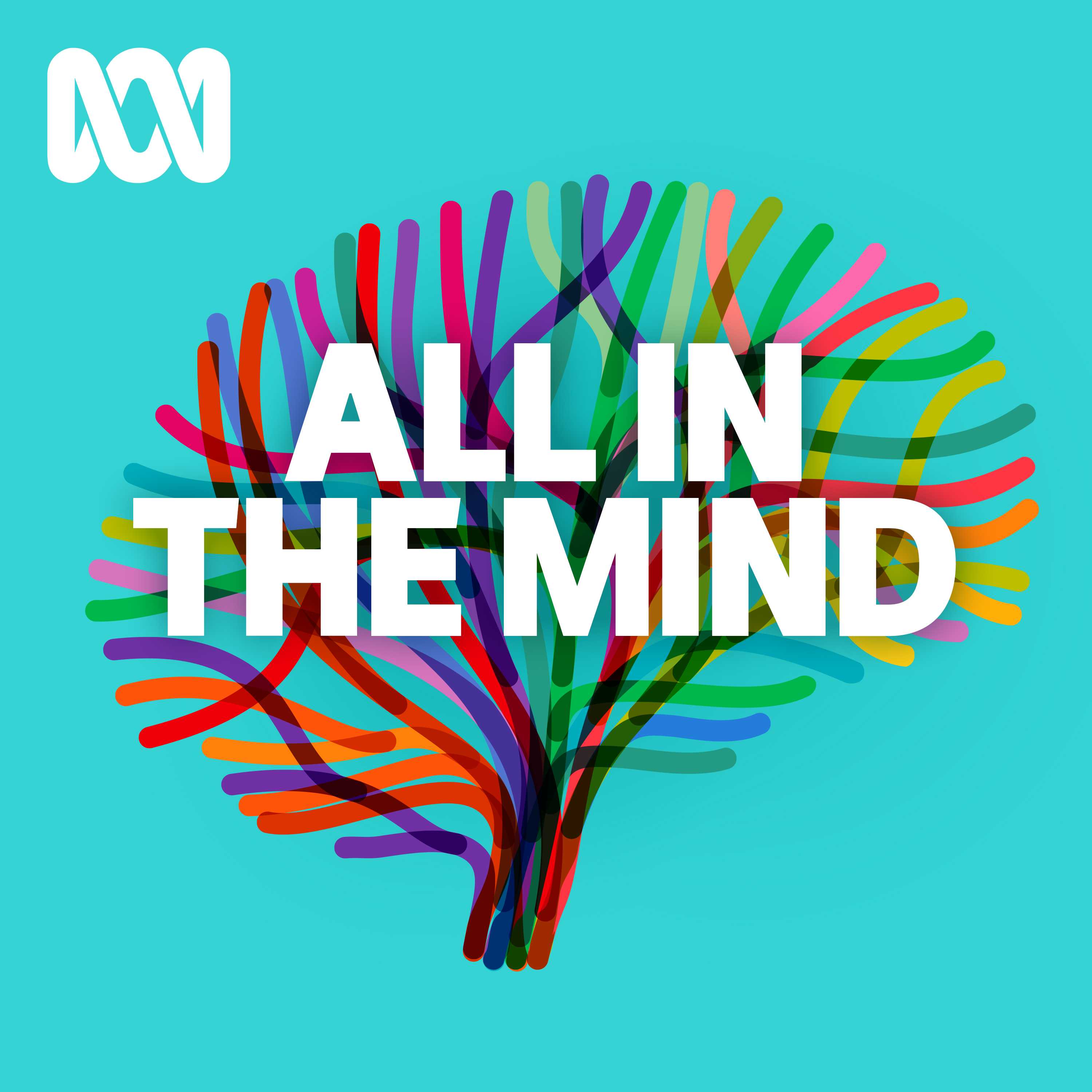
All In The Mind
ABC listen
What Now? with Trevor Noah
Trevor Noah
No Stupid Questions
Freakonomics Radio + Stitcher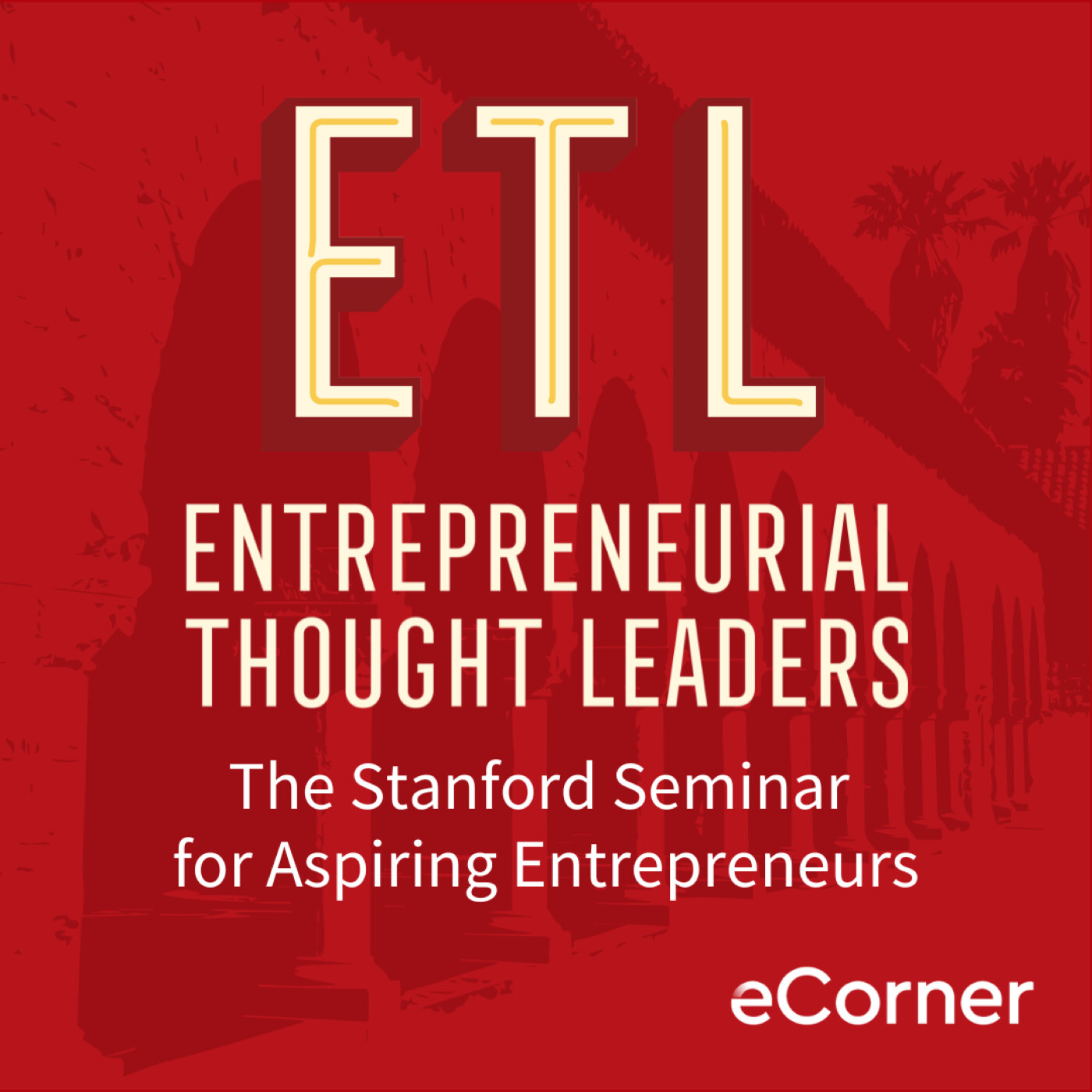
Entrepreneurial Thought Leaders (ETL)
Stanford eCorner
This Is That
CBC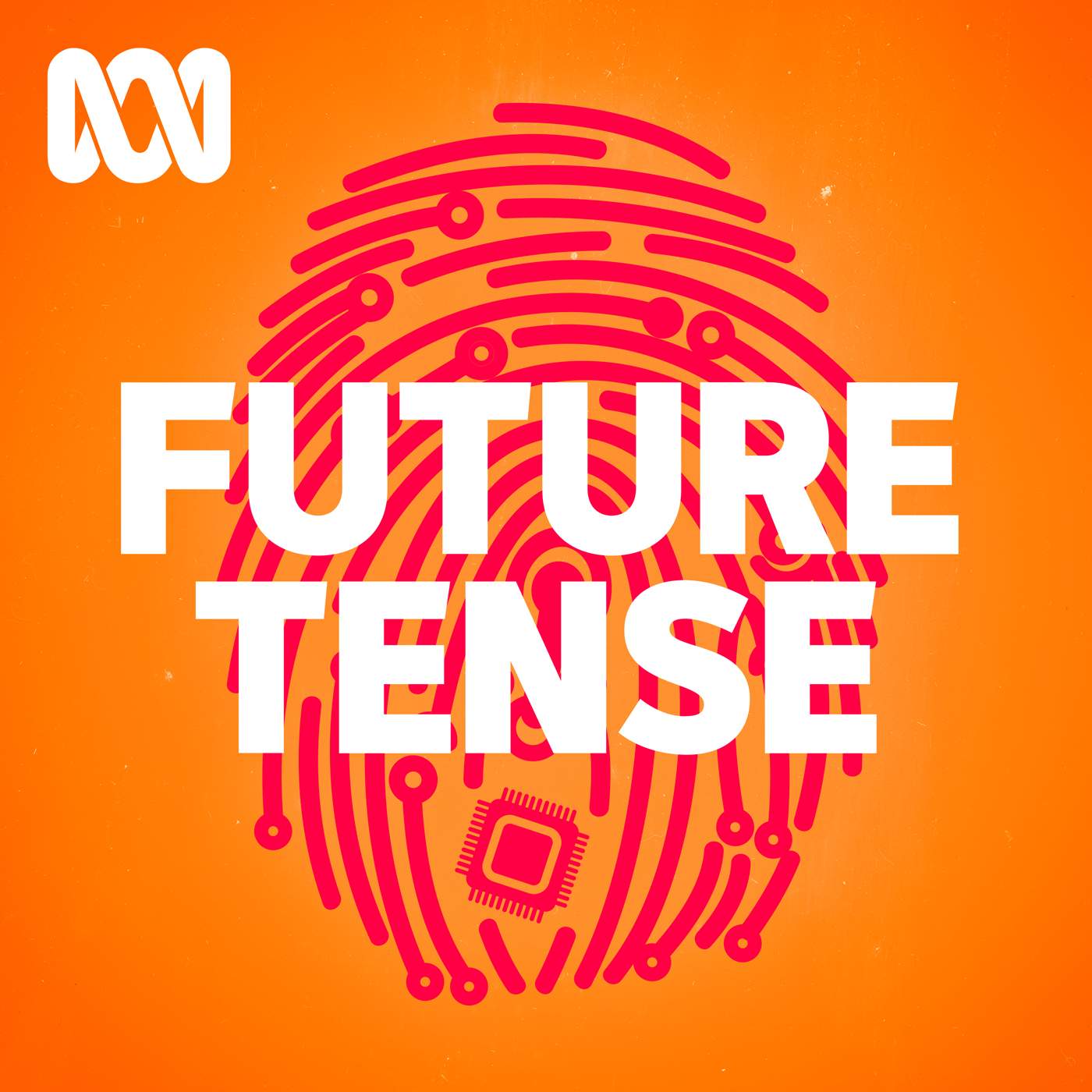
Future Tense
ABC listen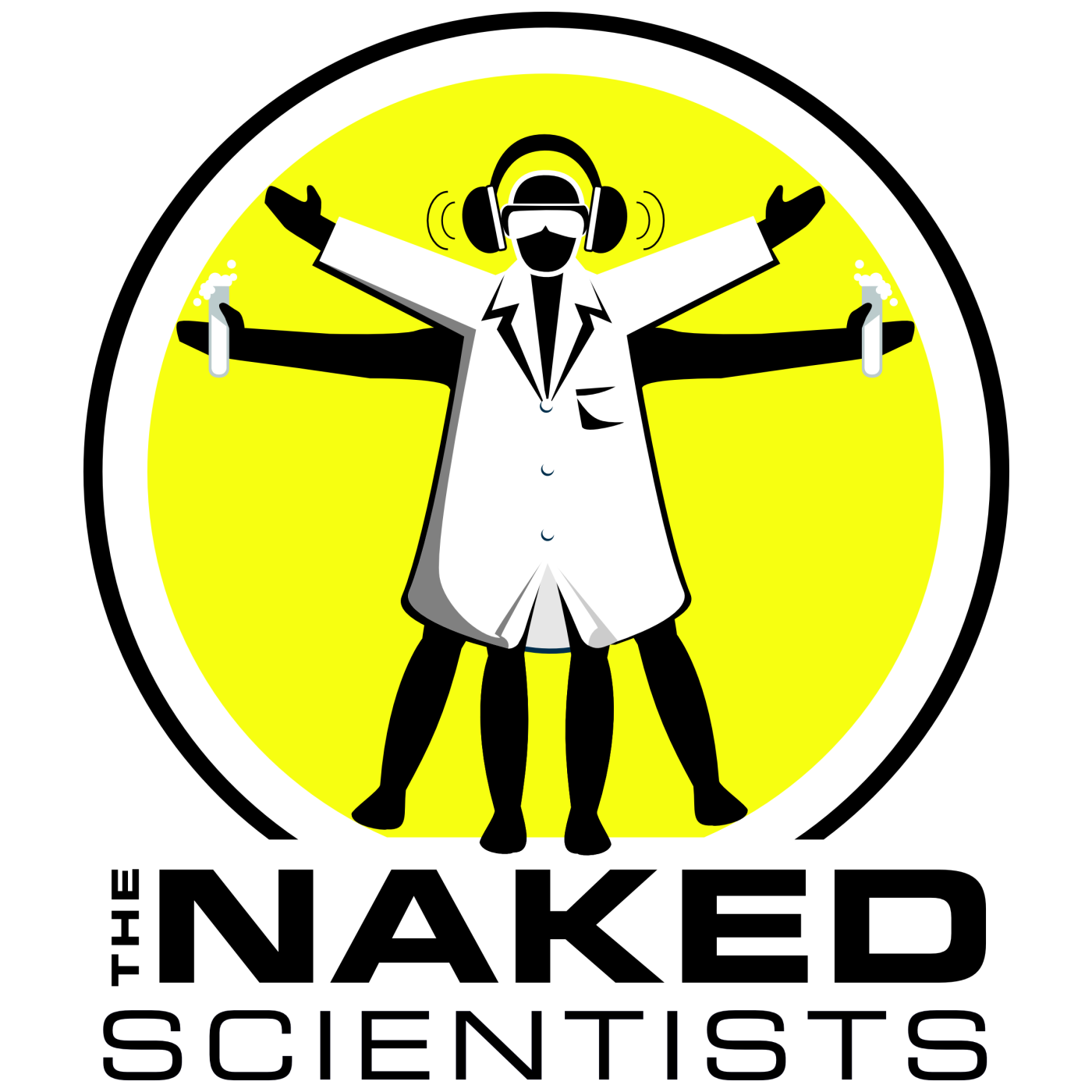
The Naked Scientists Podcast
The Naked Scientists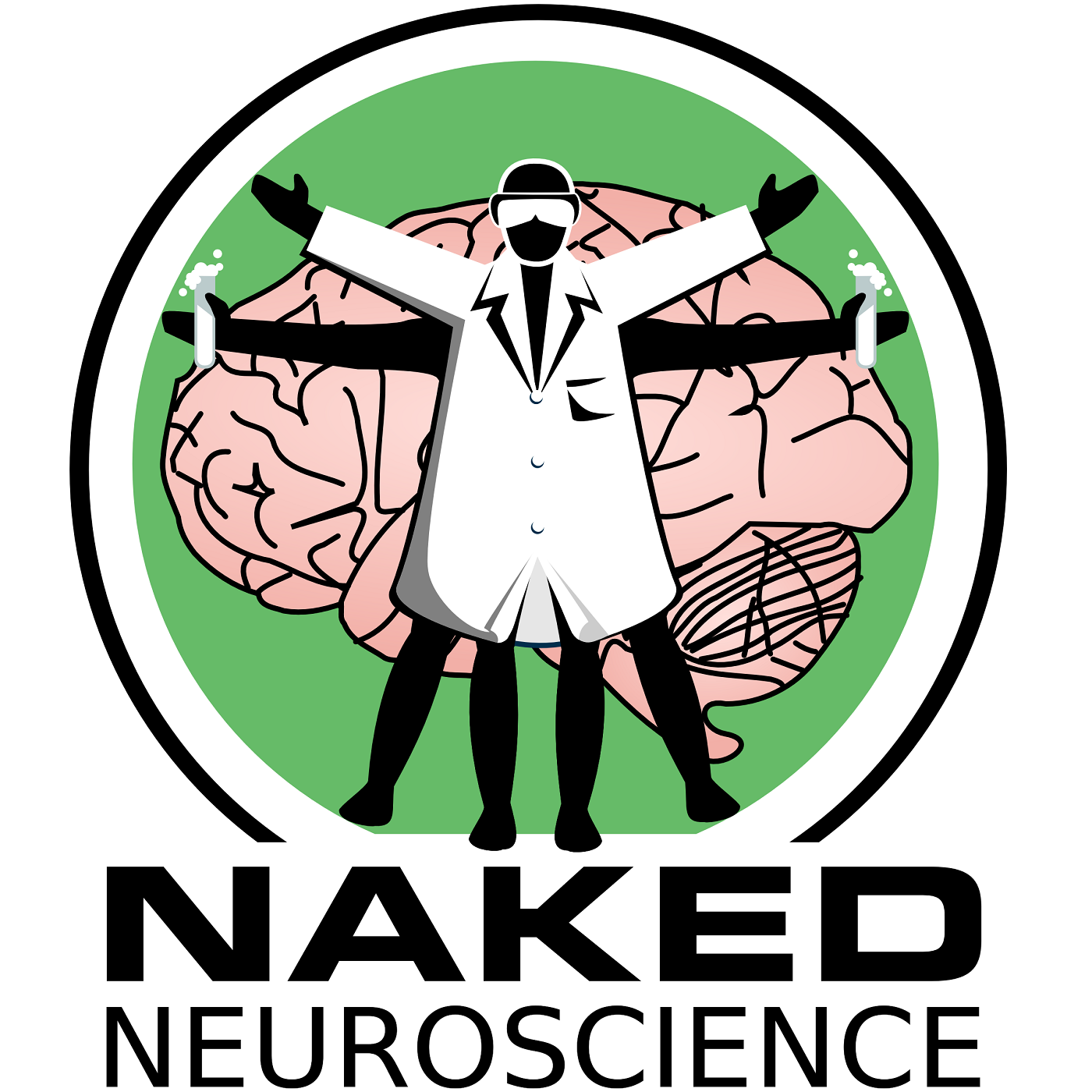
Naked Neuroscience, from the Naked Scientists
James Tytko
The TED AI Show
TED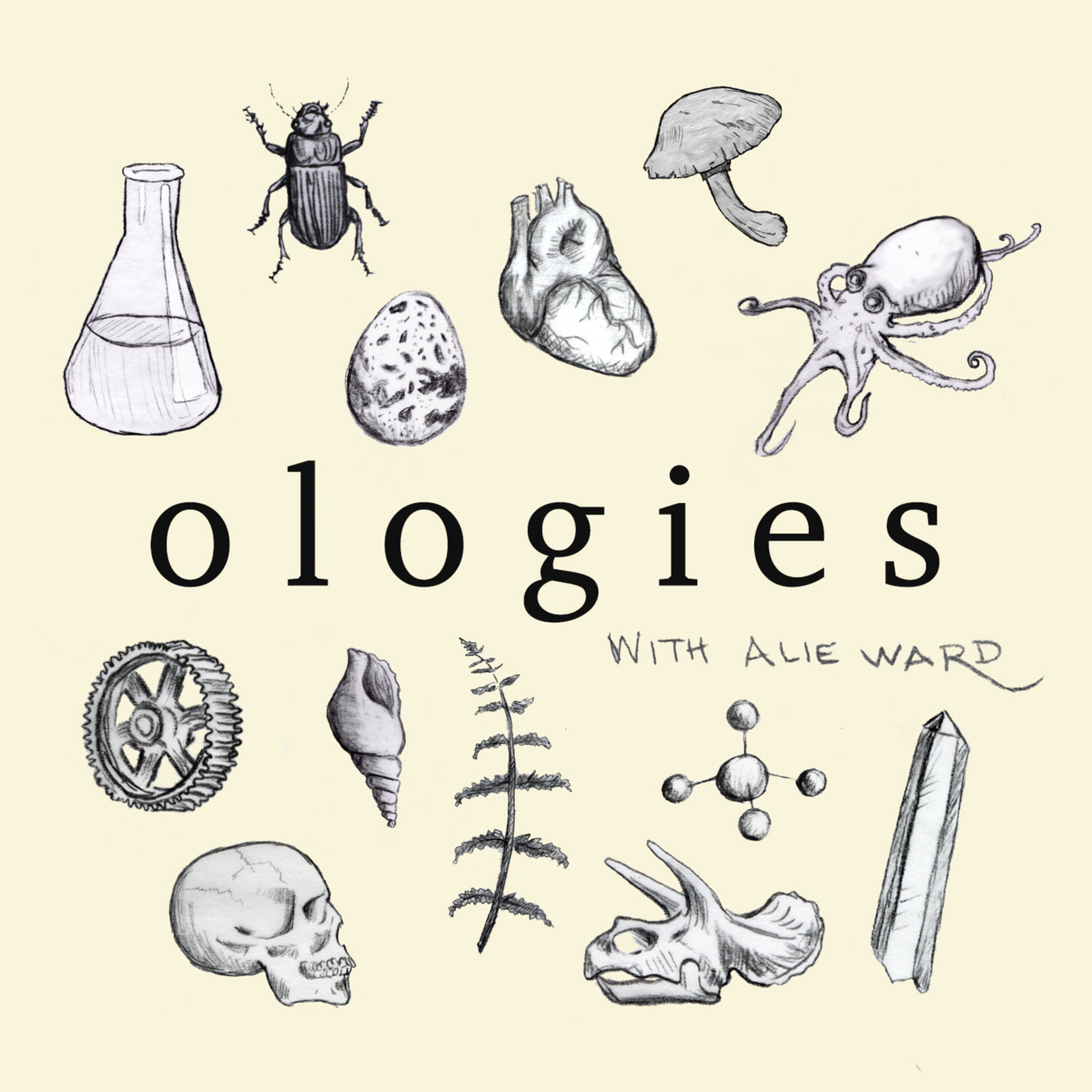
Ologies with Alie Ward
Alie Ward
The Daily
The New York Times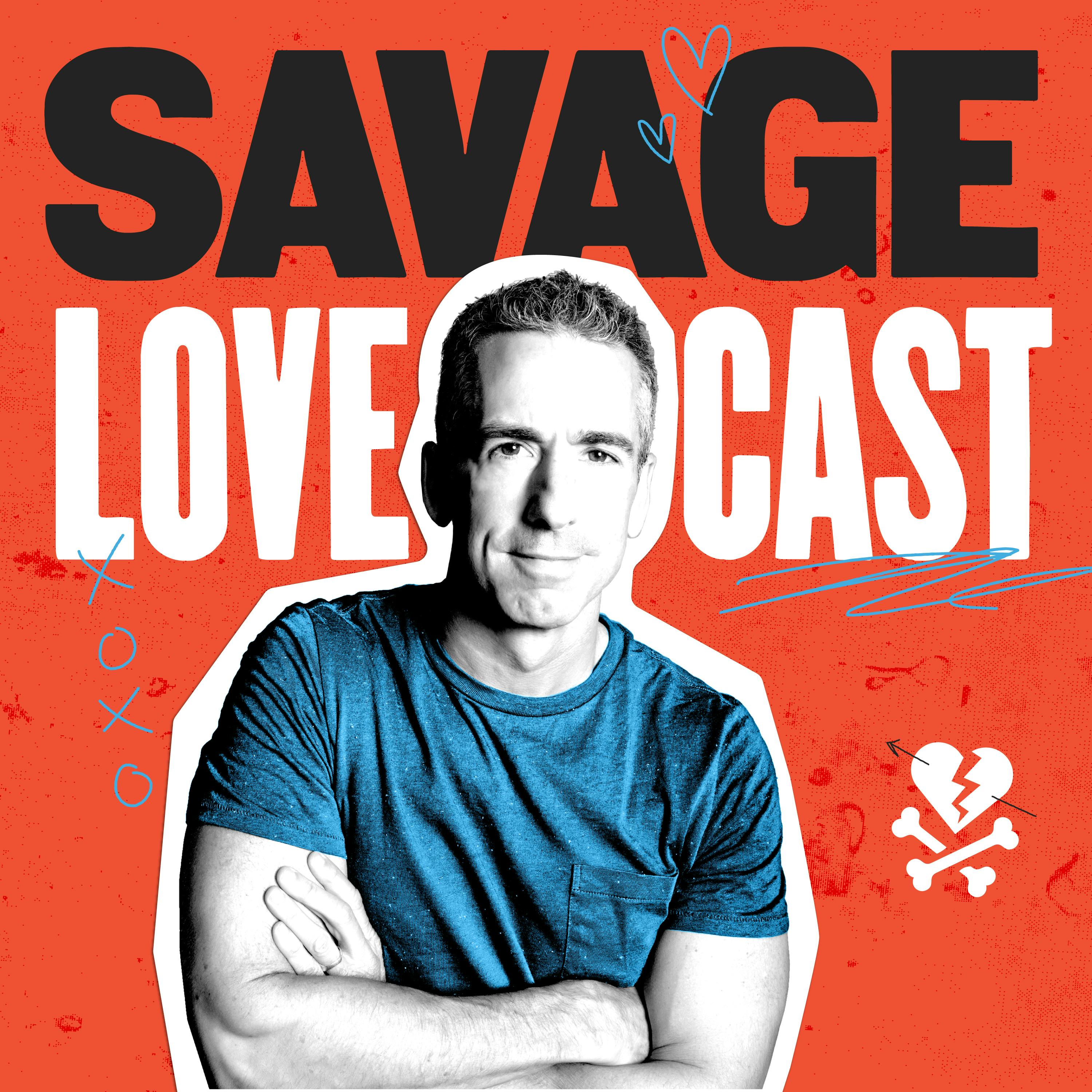
Savage Lovecast
Dan Savage
Huberman Lab
Scicomm Media
Freakonomics Radio
Freakonomics Radio + Stitcher
Ideas
CBCLadies, We Need To Talk
ABC listen
